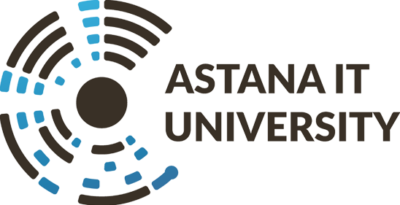This discipline involves the study of quantum computing methods and their advantages over classical computation methods. The course covers the main provisions of the classical theory of computational complexity, the gate model of quantum computing, universal sets of gates, quantum computing algorithms based on the quantum Fourier transform, in particular, Shor’s algorithm, quantum search algorithms, algorithms for quantum simulation of physical systems, an introduction to quantum error correction, and error-resistant computations, hybrid quantum-classical algorithms, in particular, variational quantum algorithms.

